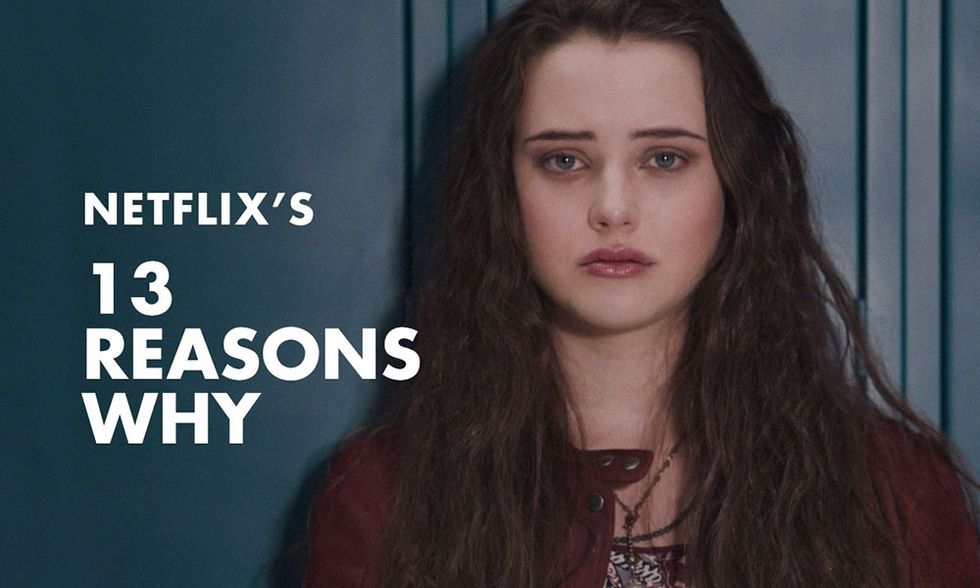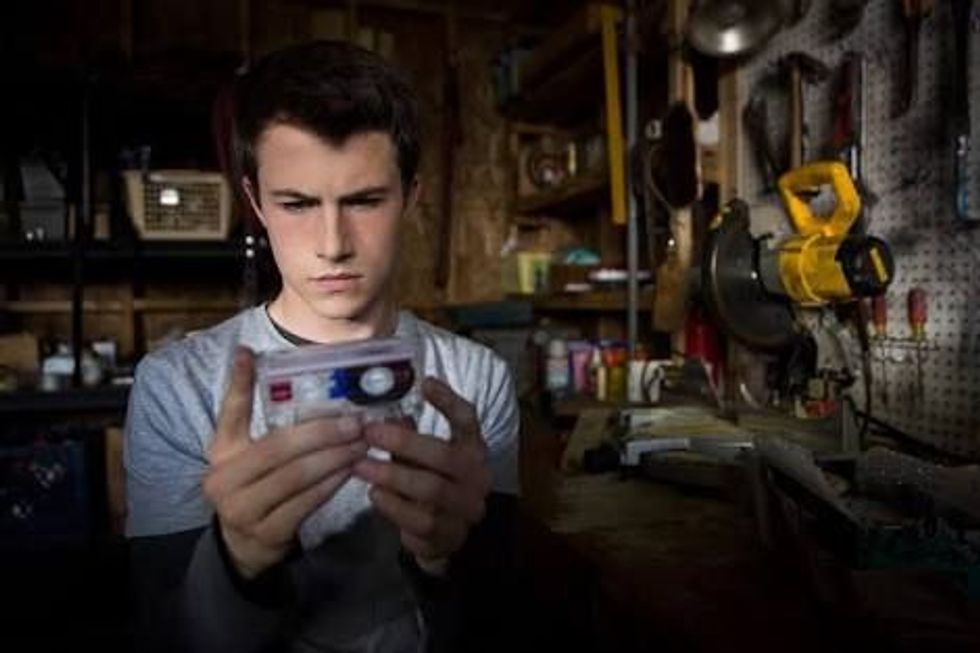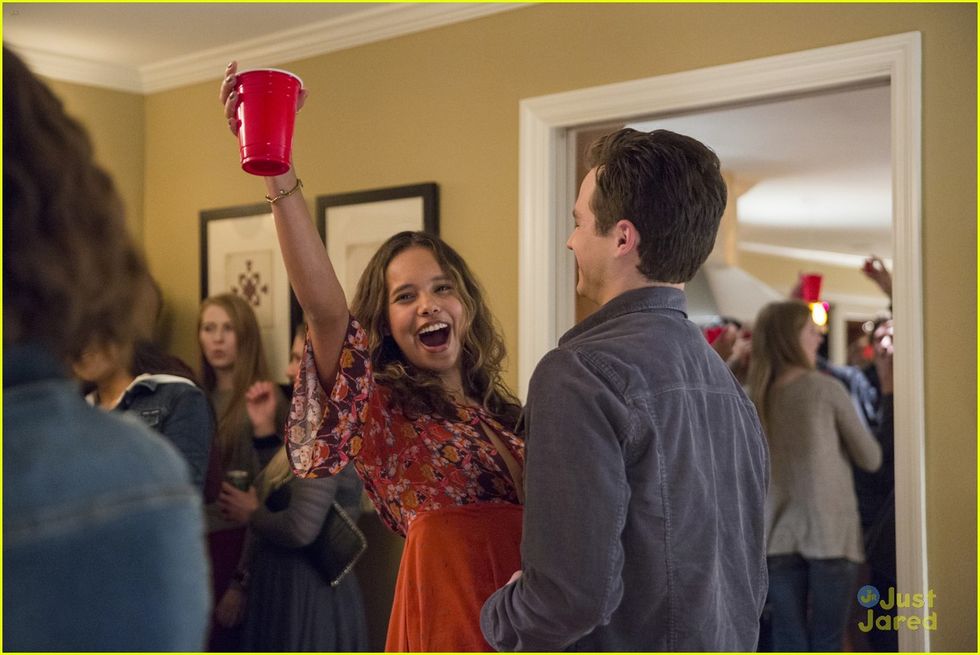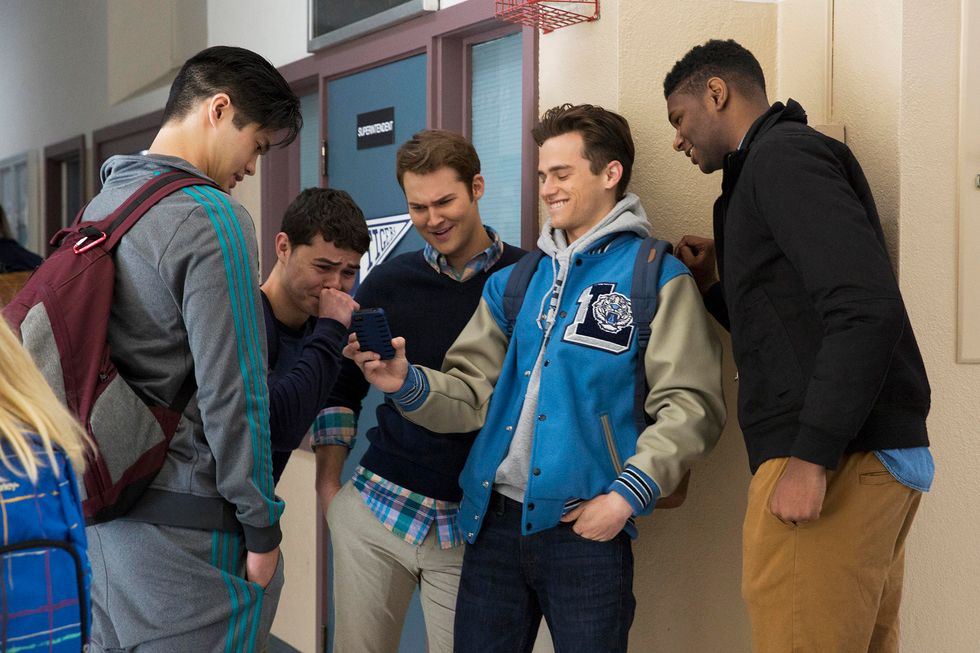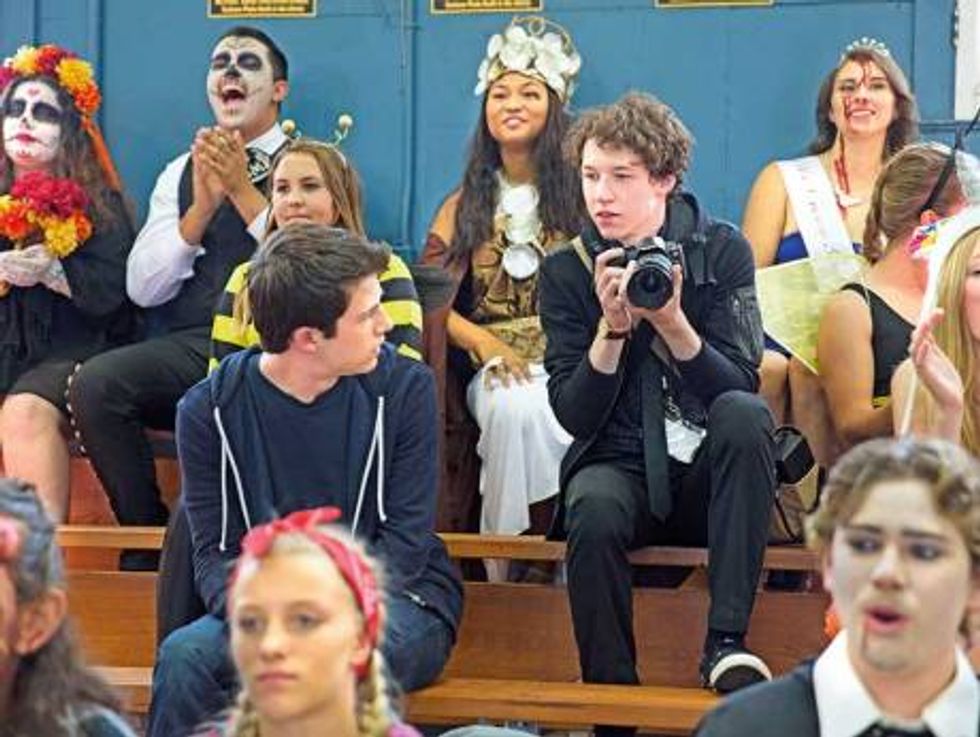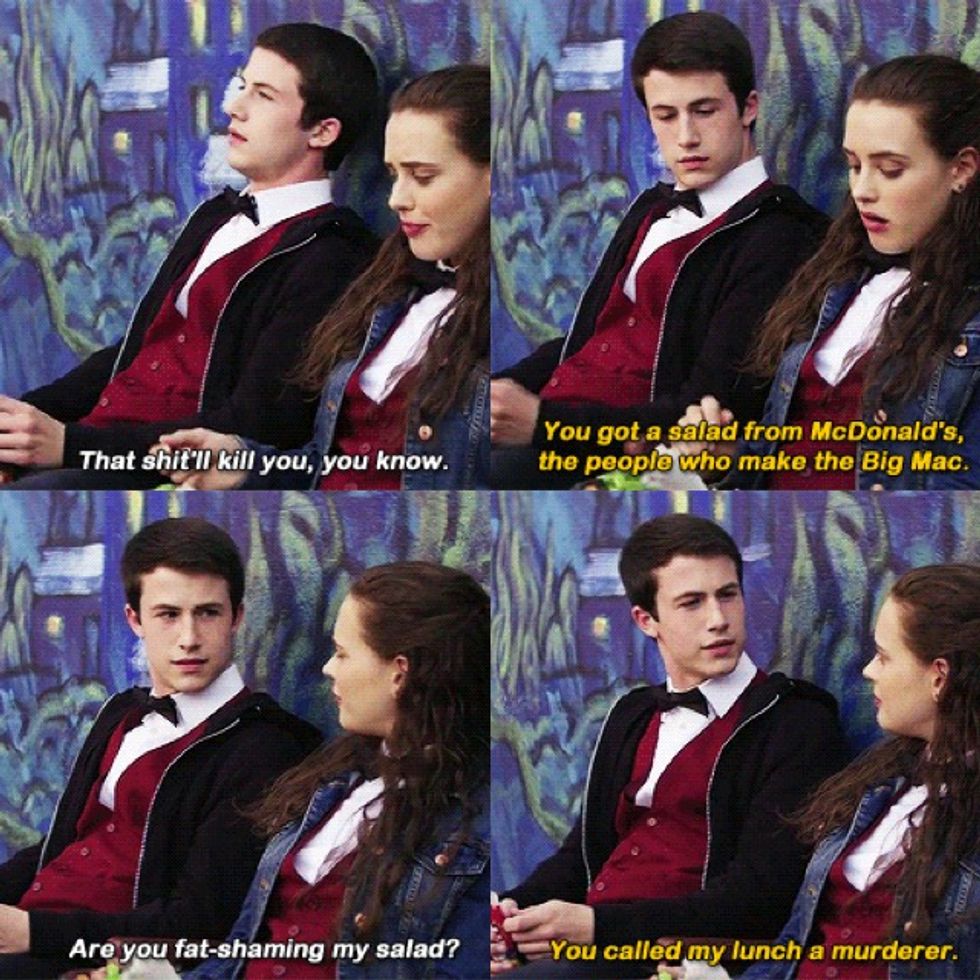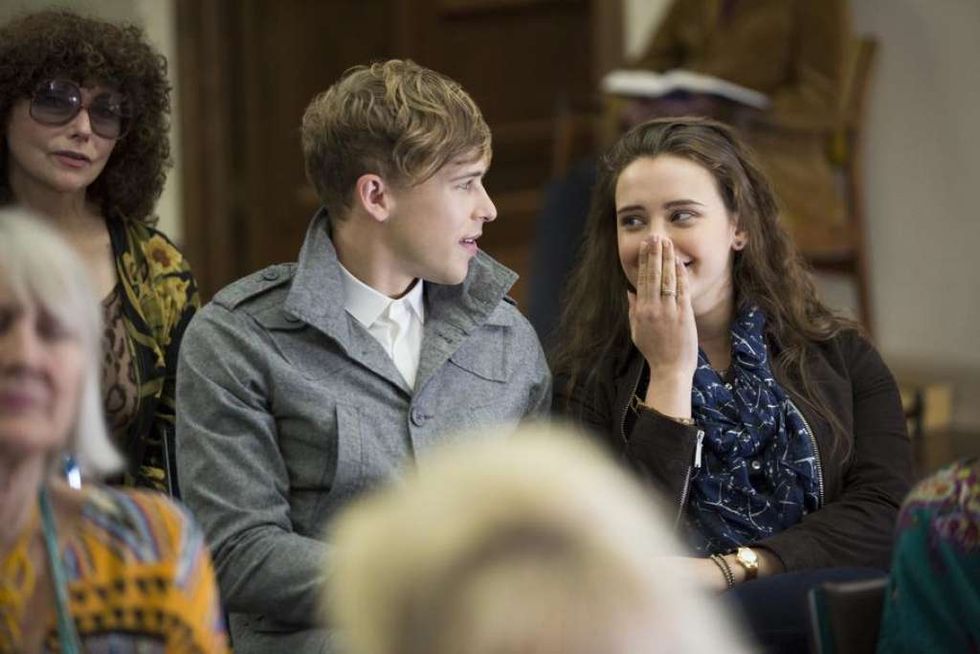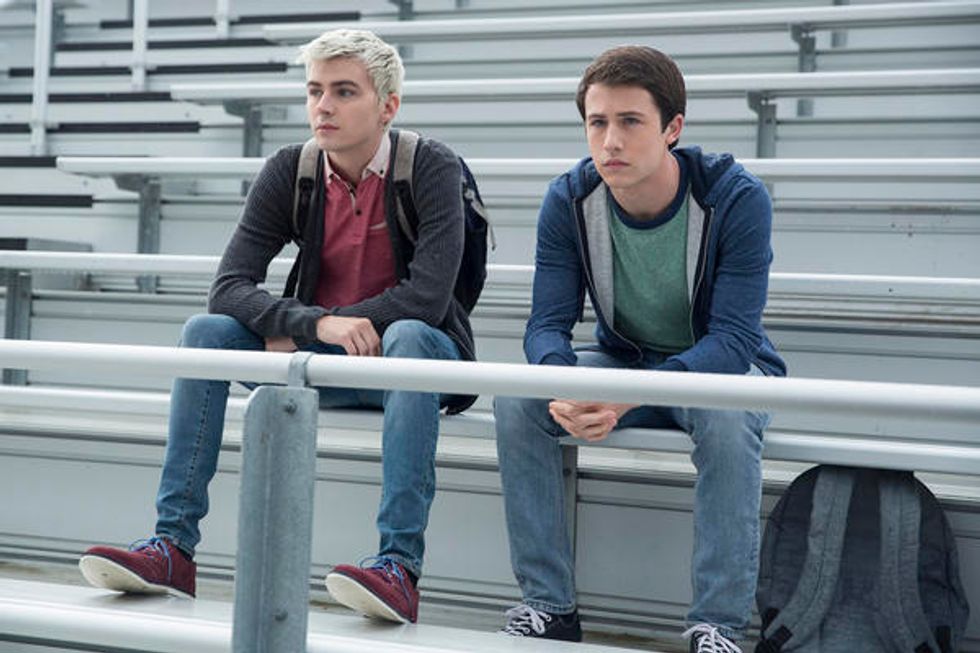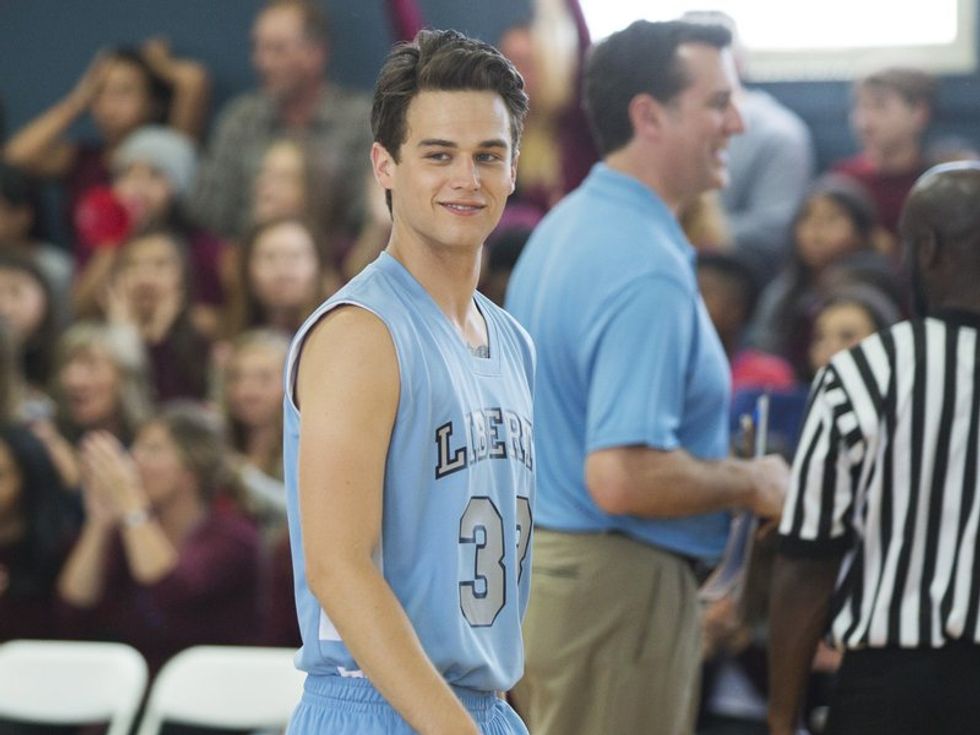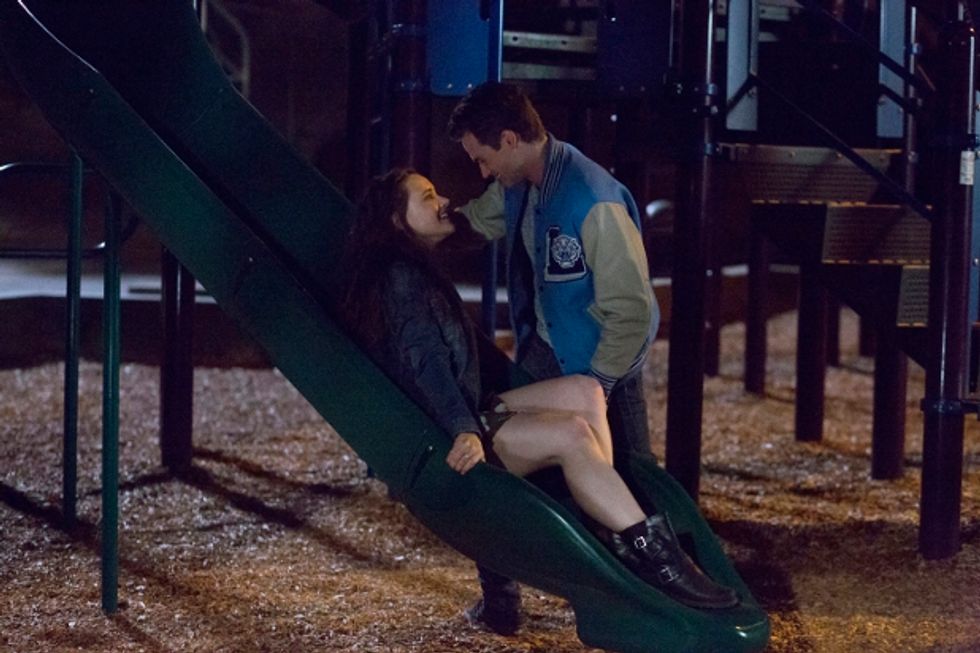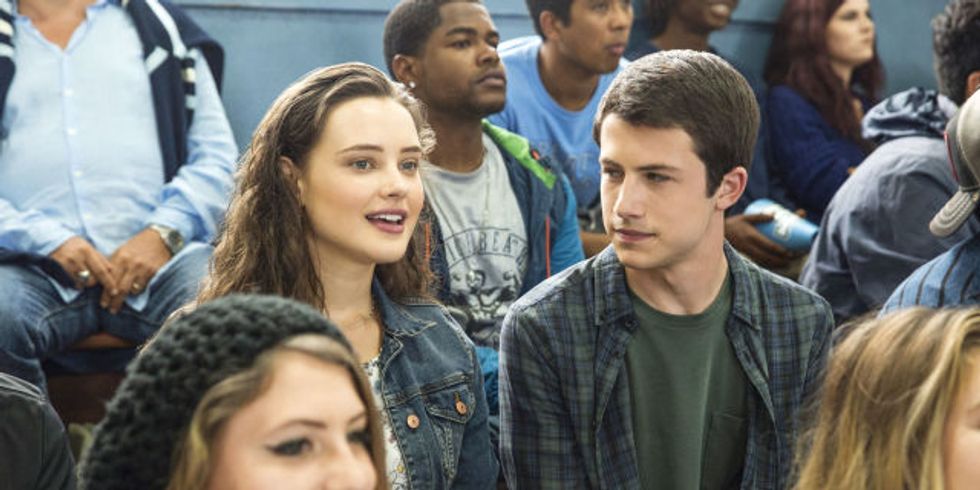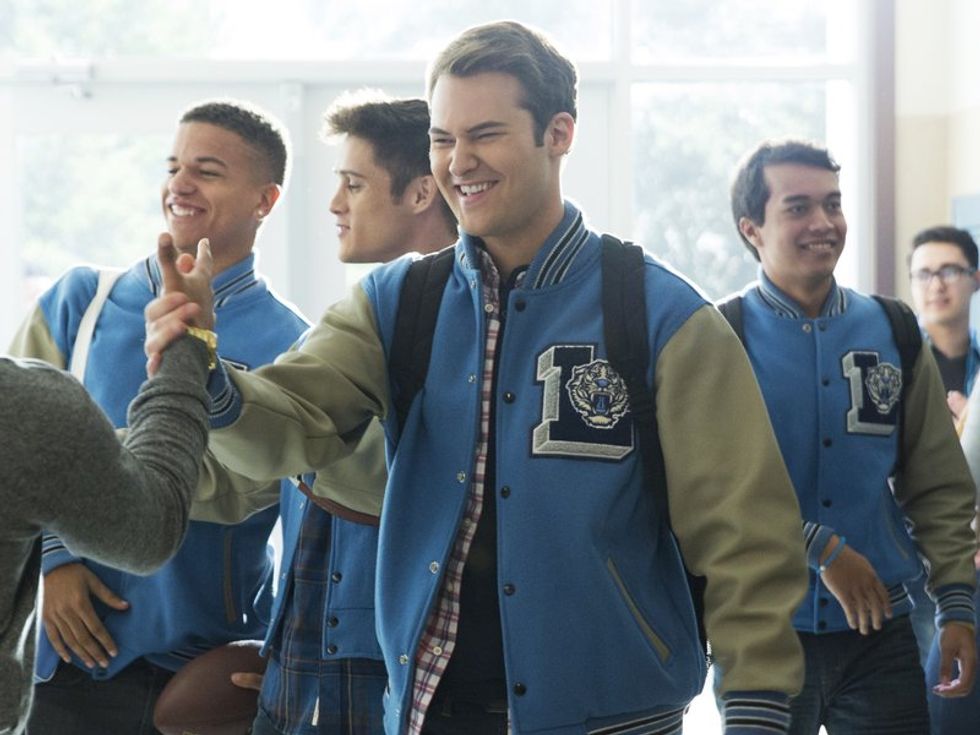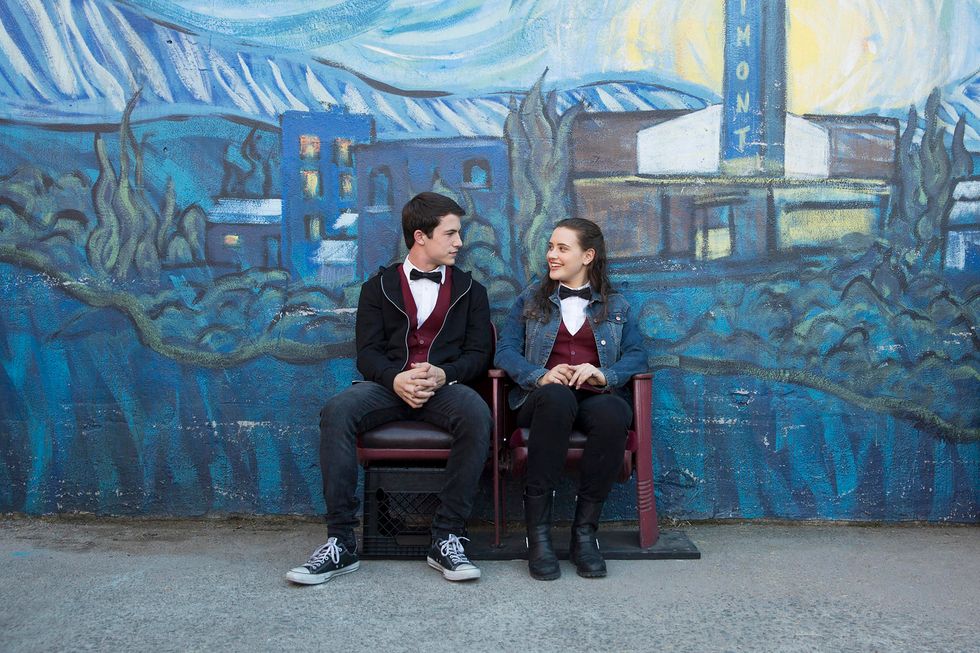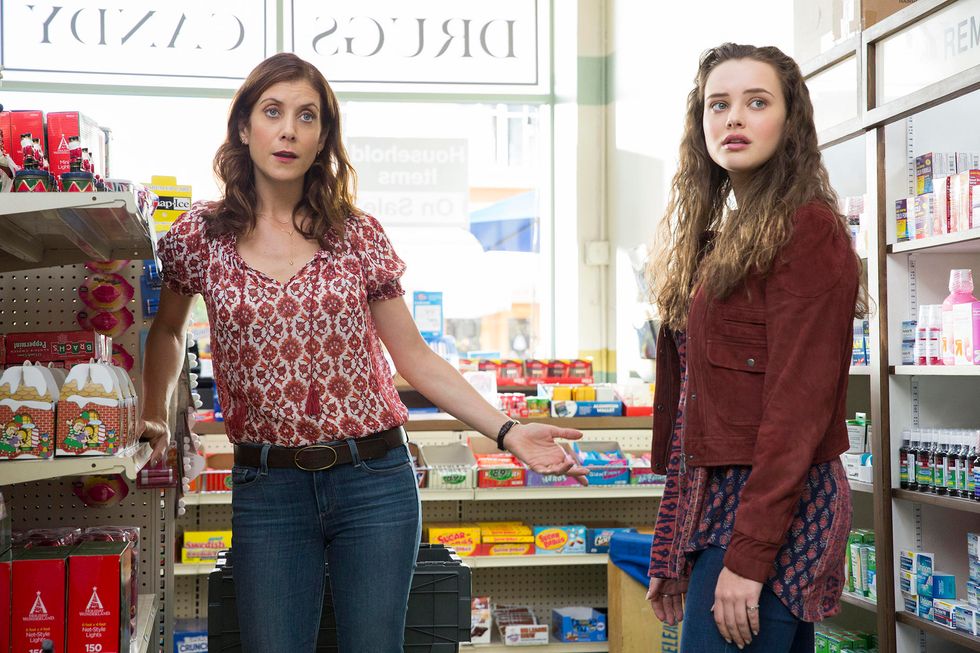Young Adult Literature, or YA has earned a bit of a negative stereotype in the literary community. It does seem like classic works like C.S Lewis' The Chronicles of Narnia or Madeline L'Engle's A Wrinkle in Time have a distinct literary superiority to modern YA. Modern YA has taken a sharp turn away from heavy themes like religion, and is frequently dominated by the loathsome "love triangle". Modern YA also favors hordes of supernaturally creatures running around the halls of a high school. In my opinion, YA ought to help to shape the minds readers in a positive, helpful way. One of the reasons that J.K. Rowling's Harry Potter series has such a lasting cultural impact is that the protagonist faces adversity, but overcomes it with bravery and dignity. Unfortunately, YA has begun to lean toward unsubstantial escapism at a time when America's youth favors the new i-phone release over the latest book release. A positive literary side-effect of the modern age is the trend of books-to-movies. Modern, technologically-obsessed audiences will still flock to the bookshelves if the books bear the headline: "soon to be a major motion picture". YA both abuses and positively takes advantage of the current book-to-movie craze. An example of positive manipulation of books made into visual media is Netflix's new series, 13 Reasons Why. the show is based on the 2007 YA novel 13 Reasons Why by Jay Asher. What is unique about this story both in the literary YA genre, as well as in the scope of Netflix's popularity is the way that it re-brands and re-vamps YA. While Asher's novel was advertised specifically for a YA audience, the Netflix show is rated TV-MA. This rating is absolutely accurate and appropriate based on the frequently upsetting and graphic subject matter. However, just because the show's content is more adult, that does not mean that it bypasses its YA audience. Before particularly graphic episodes, Netflix places a warning disclaimer in the opening credits. With parental guidance and a meaningful and specific mindset, Netflix's 13 Reasons Why is a valuable resource for a modern YA audience.
1. Firstly, the story's main character, Clay Jensen is not a perfect person. It is very important for characters in YA to demonstrate realistic human flaws, because false characterization can set unrealistic and harmful expectations. Clay is socially awkward, but intelligent; he is moral, but he makes mistakes; he is empathetic, but he is sometimes selfish.
http://www.tvguide.com/news/netflix-13-reasons-why...
2. It is an after-school-special that isn't an "after-school-special". The story of Hannah Baker's life demonstrates the dangers of teen-drinking, substance abuse, and sexual assault. Warning young audiences about these very real threats can come across as condescending. But because 13 Reasons Why doesn't sugar-coat these realities, they become more accessible to young viewers in a constructive, positive way.
http://www.justjaredjr.com/photo-gallery/1078417/k...
3. It demonstrates the dangers of modern technology in a very real way. The threat of technology in 13 Reasons Why isn't limited to the over-saturated volume of campaigns to stop teens from texting while driving. The threat of cell phones in 13 Reasons Why manifests itself in the instantaneous destruction of reputation: a much more urgent threat in the minds of most young people than the abstract threat of a car wreck.
http://www.tvguide.com/news/netflix-13-reasons-why...
4. It shows that there are endless sides to every story. The hero is not always righteous. The victim is not always innocent. Reputations cannot be taken as truth. Perceptions are represented as dangerous, ever-changing, and untrustworthy.
http://gulfnews.com/tabloid/general/selena-gomez-t...
5. The teenage romances are not romanticized. The awkward teenage boy does not instantly fall in love with the mysterious new girl in school. Clay and Hannah's relationship grows slowly and realistically. Their relationship shows how to people who are truly just friends can transition to something more without having to tap the harmful concept of "the friend-zone".
https://www.pinterest.com/pin/310466968049505817/
6. Friends can turn on each other, and never make-up. The friendships on 13 Reasons Why are complex, directly addressing conflicts involving significant others, miscommunication, and sheer, petty hatefulness. Teenage friendships don't always resolve themselves peacefully and happily like they do in a lot of YA material. The friendships on 13 Reasons Why are tied to high-stakes impact on teenagers' lives, and they are often lost permanently. And, unfortunately, the show demonstrates how teenagers suffer the reality of that permanent loss.
http://www.sfgate.com/tv/article/13-Reasons-why-Ne...
7. Body Image issues are treated casually and briefly, like the normal parts of teenager's lives that they are. Multiple characters such as Hannah, Jessica, Clay, and Alex voice their discontentment with their appearances. What's unique about how 13 Reasons Why handles body image issues is the way that it plays as an understated part of the background. When a show is juggling so many hot-button topics, the best way to handle one more is to let it work subtly but consistently, as it does in real life.
http://www.gainesville.com/entertainment/20170401/...
8. It's no just the awkward, relatable protagonist that faces real-life struggles. The "popular" kids at Liberty High are thoroughly characterized. Justin Foley is faced with the reality of a negligent mother and an abusive father-figure combined with an undercurrent of substance abuse. Justin is popular, athletic, and successful in the dating pool. But he is much more than the two-dimensional stereotype of the YA "jock".
http://www.capitalfm.com/music-news/13-reasons-why..
9. A very broad spectrum of sexual consent is addressed. In some of the moments of the show that truly earned the TV-MA rating for disturbing imagery, viewers see how Hannah and other female characters handle aspects of sexual consent, covering: sexual consent while intoxicated, the violation of personal privacy, balancing sexual expectations in a relationship, as well as explicit rape.
http://www.thewrap.com/13-reasons-why-sexist-micro...
10. 13 Reasons Why also approaches mortality in a very real way. While Hannah's death is the focal point of the entire series, her death often feels more conceptual than real in the characters' minds. The flashbacks that unravel the story of Hannah's life at Liberty High also distract the audience from the reality that she is gone in the linear storyline. But what might be the most interesting way that the show handles mortality is the that way they frequently express Clay's desire to "save" Hannah; which addresses how difficult the reality of death can be.
http://www.elle.com/culture/movies-tv/reviews/a441...
11. 13 Reasons Why addresses the broken priorities of the high school system. While there are many flawed aspects of America's current education system, 13 Reasons Why highlights the harmful preferential treatment that athletic programs receive. However, the "jocks" are not universally demonized, with characters such as Jeff Atkins demonstrating the realistic humanity found across different social stratifications, even in high school.
http://www.capitalfm.com/music-news/13-reasons-why...
12. The stress of financial burdens for high-schoolers is addressed realistically. Not only do both Hannah and Clay have a part-time job, there are frequent scenes that show Hannah dealing with the stress of her parents' financial struggles
http://www.tvguide.com/news/netflix-13-reasons-why...
13. Adults are more than plot devices or villains. The adults in 13 Reasons Why are thoroughly characterized. The Bakers' struggle to cope with their daughter's suicide is heartbreaking and avoids melodramatic cliche. The faculty at Liberty High also demonstrate concern for their students, and actively try to help, even if they have ultimately failed Hannah Baker. Liberty High's faculty manages to avoid being demonized as another parade of adult authority figures that frequently occurs in YA entertainment.
http://www.tvguide.com/news/netflix-13-reasons-why...
Ultimately, 13 Reasons Why is a groundbreaking example of YA entertainment that avoids tired clichés and has the potential to create real social change in the attitude of American youth.

